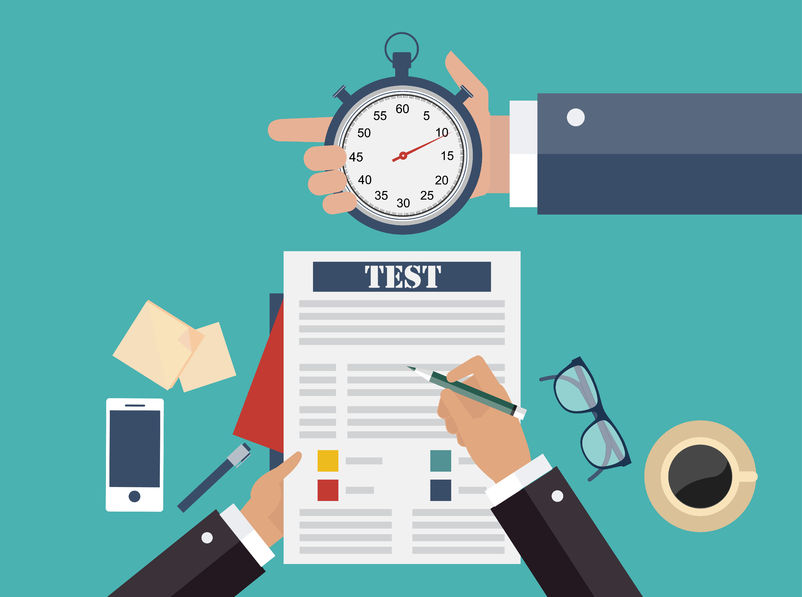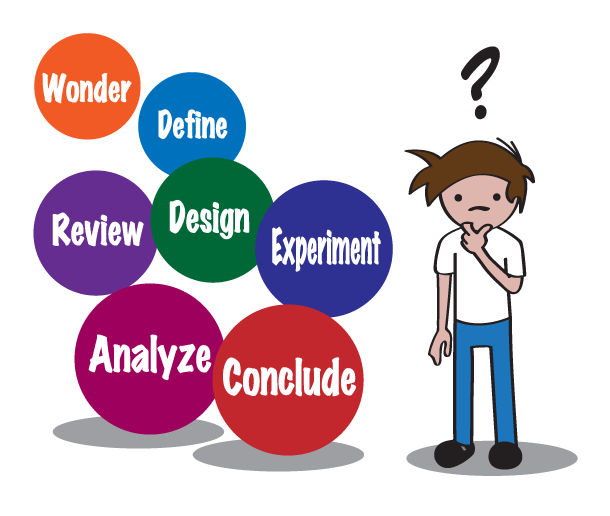Overview of Projective Techniques
In previous posts, we discussed psychological tests that obtain objective data. Because of their objectivity, these tests can assist the legal system when used and interpreted properly. In this post, we review projective tests. Some of these instruments do not even qualify as standardized tests, and all of them lack the necessary validity and reliability for admissibility in court. Because the proponents of these projective instruments tend toward pontification, we at PsychLaw.net feel that the cross examiner must be well prepared. A quick and cogent cross examination is necessary to aid the court in understanding the shortcomings of these procedures.
Subjectivity of Projective Techniques
In comparison to objective tests, projective tests are significantly more subjective. The procedures for collecting test data are not as well standardized for projective tests. In other words, there are substantial variations in how psychologists administer the same projective test. Responses to projective tests also vary enormously between people taking those tests. Rather than rely on a true‑false or multiple choice options, projective tests obtain more open‑ended responses. For example, people taking projective tests are asked: (1) “look at the designs on this card and tell me what they look like, or remind you of”; or (2) “look at this picture and tell me a story about the people you see.”
The scoring procedures for projective tests are also far less than objective. As a result, two or more psychologists scoring the same projective test data, obtained from the same person, can report very different scores. At PsychLaw.net we note that given these variations in scoring, two or more psychologists can arrive at exceedingly different interpretations of the same test data from the same person. Despite these administrative and scoring problems, practitioners continue to use projective tests with considerable frequency.[1]
The subjectivity of the administrative and scoring procedures for projective techniques effectively undermine their evidentiary value.[2] As a result, we will present a cross‑examination procedure directed at projective techniques in general. The remainder of this section will then address four specific projective techniques: the Rorschach technique, projective drawings (especially the Draw‑a‑Person technique), the Thematic Apperception Test (TAT), and the projective use of Bender‑Gestalt.
As previously pointed out in other posts, psychological tests and other related procedures are designed for use by psychologists. Non-psychologists have neither the education, nor the training in psychological assessment, to use these standardized procedures. Nevertheless, various mental health professionals do use them. As a result, we recommend using the 1992 Ethical Standards of the American Psychological Association, and the 1999 Standards for Educational and Psychological Testing, as guidelines for cross examination. At PsychLaw.net we teach that a non-psychologist can also be asked: “Though you are not a psychologist, wouldn’t it be preferable for you to comply with the relevant ethical and practice standards related to psychological testing?”
Cross‑Examining the Subjective Nature of Projective Techniques
- Testing approaches for personality assessment can be divided into broad categories of “objective” and “projective” instruments ‑‑ Correct?
- The MMPI‑2 would be an example of an “objective” instrument ‑‑ Correct?
- And compared to objective instruments such as the MMPI‑2, projective techniques are more subjective in their scoring ‑‑ Correct?
- Hold up your hand with thumb and first finger separated by approximately six inches, and ask:
“Dr. X, please show me your estimate of six inches.”
- But I say this [wave your hand with thumb and first finger separated by approximately six inches] is six inches, but you say that your [point] estimate is six inches. Therefore, we have your subjective estimate, and we have my subjective estimate ‑‑ Correct?
- Which estimate is more accurate is a matter of conjecture and speculation ‑‑ Correct?
- That’s what subjective often means ‑‑ resorting to conjecture and speculation ‑‑ Correct?
- And there are inevitable differences in the conjecture and speculation between two or more mental health professionals ‑‑ Correct?
- And there are inevitable differences between the conjecture and speculation of two or more professionals because of their relying on subjective impressions ‑‑ Correct?
- And because of the inevitable differences in conjecture and speculation between two or more professionals, their subjective interpretations of projective test data may not agree ‑‑ Correct?
- Mental health professional A can score and interpret the projective test data obtained from someone in one way, but professional B can score and intepret those same data from the same person quite differently ‑‑ Correct?
- And when we have those variations between two or more professionals, we cannot know for sure who is accurate ‑‑ Correct?
- And when we have those variations in scoring and interpretation between two or more professionals, they may all be mistaken ‑‑ Correct?
- The variations in scoring and interpreting projective techniques could therefore misinform and mislead this proceeding ‑‑ Correct?
__________________________________________________________________________________________________________________________
[1]. The Rorschach has a long been blocked from use and discounted in forensic settings. See for example: People v Jenko, 410 Ill. 478, 481, 102 NE 2d 783 (1952) [Rorschach testimony barred]; State of Utah v Phillip Rimmasch, 775 P 2d 388 (Utah Sup., 1989) [Rorschach testimony is violative of Rule 702]; McCarty v McCarty, (WL 259363 Neb App 1993) [Trial court properly disregarded Rorschach testimony].
[2]. Faigman, D.L. (1995). The evidentiary status of social science under Daubert: Is it “scientific”, “technical”, or “other” knowledge? Psychology, Public Policy, and Law, 1, 960-979. [ For the most part, psychologists who maintain rigorous scientific standards such as those described in the current edition of the APA’s Standards for Educational and Psychological Testing (1985) will find the effect of the Daubert standard to be more liberal than the old Frye standard. But psychologists wyho cannot justify the validity & reliability of their measures, will find the Daubert standard far more severe]. See, also: Faigman, D.L. (1992). Struggling to stop the flood of unreliable expert testimony. 76 Minnesota Law Review 877-889; Faigman, D.L., Porter, E. & Saks, M. (1994). Check your crystal ball at the courthouse door please: Exploring the past, understanding the present and worrying about the future of scientific evidence. 15 Cardozo Law Review 1799-1835.


